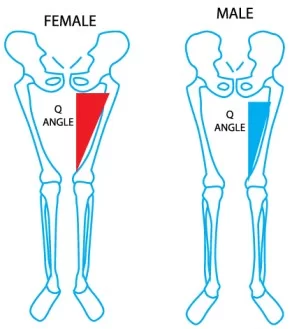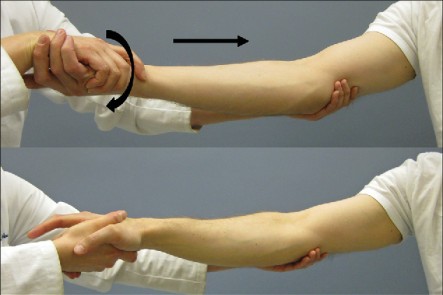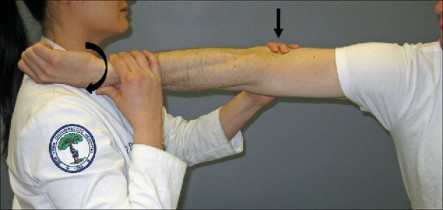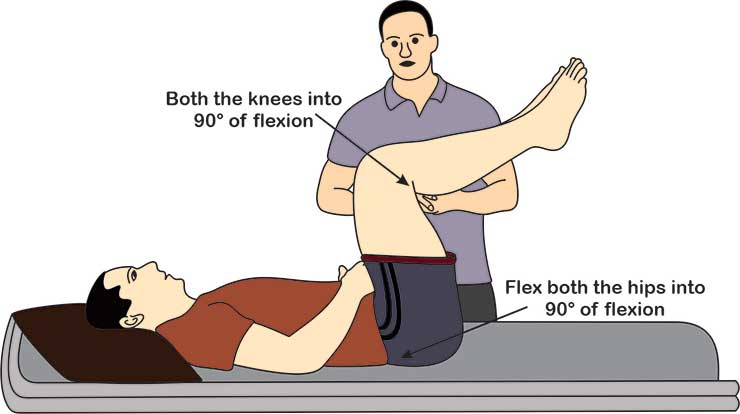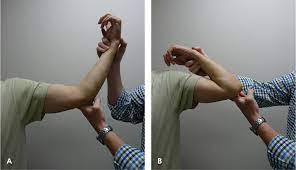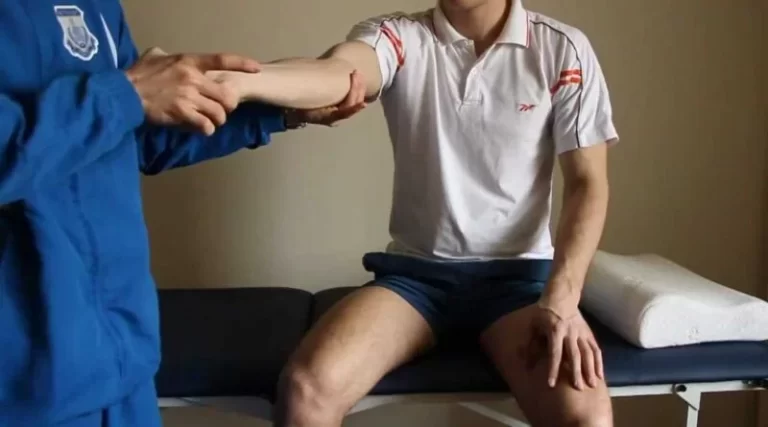Patellofemoral Angle
- This angle is also known as to quadriceps angle [ Q -angle ].
- It is defined as to angle between quadriceps muscles primarily to the rectus femoris & the patellar tendon.
- It is represented to an angle of the quadriceps muscles force.
Background of to patellofemoral angle :
- Direction & magnitude of to force produced by to quadriceps muscle have to great influence on bio mechanics of patellofemoral joint.
- Line of force which is created by to quadriceps muscle on lateral of joint line mainly due to the large cross-sectional area & this force is applied to the potential of vastus lateralis.
- Since there is exists an association between patellofemoral pathology & excessive lateral tracking of to patella.
- Assessing this overall lateral line to pull the quadriceps relative to the patella.
- It is a means of clinical measure.
Patellofemoral angle is formed between to :
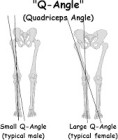
- This line is representing to the resultant line of force of to quadriceps muscle which is made by connecting a point near to ASIS of to mid-point to Patella.
- Q angle is measured into a supine or standing position.
- Standing position is usually more to suitable, due to normal weight-bearing forces which are applied onto knee joint & it is occurs during daily activity.
- Traditionally, this Q angle is measured with to knee at near to full extension but not in hyper extension with to patient in supine position & quadriceps are relaxed, as to lateral forces on to patella is more of to problem into circumstances.
- With to knee flexed patella is set into intercondylar notch & even a very large to lateral force on to patella.
- It is unlikely to result in dislocation.
- Q angle is reduced with to knee flexion & the tibia rotates medially into relation with to femur.
- This method is regarded as to traditional or conventional.
- Q angle is also assessed into standing position.
Normal Values of to patellofemoral angle :
| Position of knee | Q angle in women | Q angle in men |
| Straight | 18′ | 13 ‘ |
| In extension | < 22′ | < 18 ‘ |
| In 90 degrees of flexion | < 9′ | < 8 ‘ |
Measuring of to patellofemoral angle :
Position of to patient :
- The patient is supine with to knee extended.
- The therapist stands next to the patient.
Application of to patient:
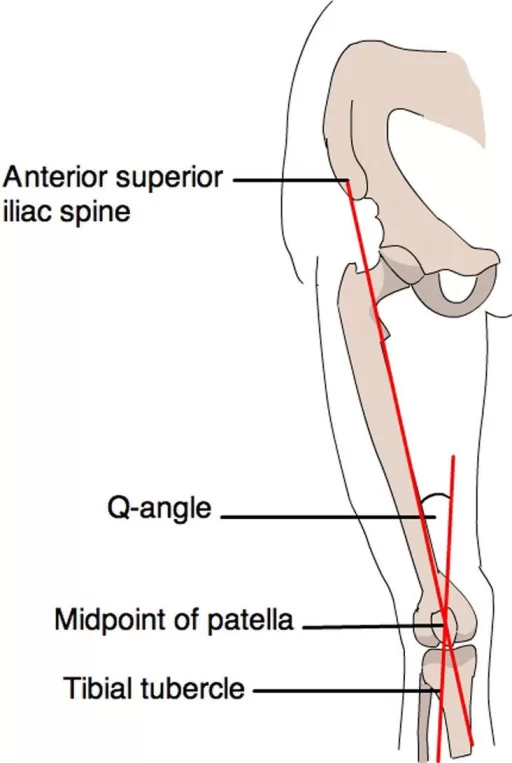
- When measuring of to patellofemoral angle ensure to lower extremity is at to right angle of to line joining each ASIS.
- The foot is placed in a neutral position relative to supination & pronation with to hip in a neutral position relative to medial & lateral rotation.
- Draw a line from ASIS to the midpoint of the patella and then from the midpoint of the patella to the tibial tubercle.
- This resultant angle is formed by the crossing of those two lines which is called to patellofemoral angle
.
Positive sign of patellofemoral angle :
- Normal Q angle score for females is between 13-18° with values greater than and lesser considered abnormal and may indicate the patient is at risk of developing chondromalacia patellae, patella Alta or Mal-tracking of the patella.
Problems with Measuring to patellofemoral angle :
- The problem with the use of this angle to measure the lateral pull on to patella is that the line between ASIS & the mid-patella is only an estimate of to line of pull of the quadriceps & does not necessarily reflective of the actual line of to pull in to patient which is being examined.
- If a substantial imbalance exists between to vastus medialis & vastus lateralis muscles in the patient.
- The Q angle leads to an incorrect estimate of to lateral force on to patella because the actual pull of to quadriceps muscle is no longer along to estimated line.
- Furthermore the patella is sitting into an abnormal lateral position into the femoral sulcus because of imbalanced forces, so that become a smaller Q angle because the patella lies more in line with the ASIS & tibial tuberosity.
Factors affecting to patellofemoral angle :
- When an Increase in Q angle is associated with:
- Femoral anteversion
- External tibial torsion
- Laterally displaced tibial tubercle
- Genu valgum
Clinical Importance of patellofemoral angle
- Understanding of normal anatomical & bio mechanical features of to patellofemoral joint which is essential to any evaluation of the knee function.
- Patellofemoral angle is formed by to vector for the combined pull of to quadriceps femoris muscle & the patellar tendon.
- It is important because of to lateral pull which it exerts on the patella.
- Any alteration in alignment that increases the patellofemoral angle is thought to increase lateral force on the patella.
- It is become too harmful because of an increase in lateral force which is an increase in compression of the lateral patella onto the lateral lip of the femoral sulcus.
- In to presence of a large enough lateral force, the patella is sublux/dislocated over to the femoral sulcus when the quadriceps muscle is activated by the extended knee.
- It is also suggested to have an abnormal patellofemoral angle which is also influenced by neuromuscular responses & quadriceps reflex response time.

